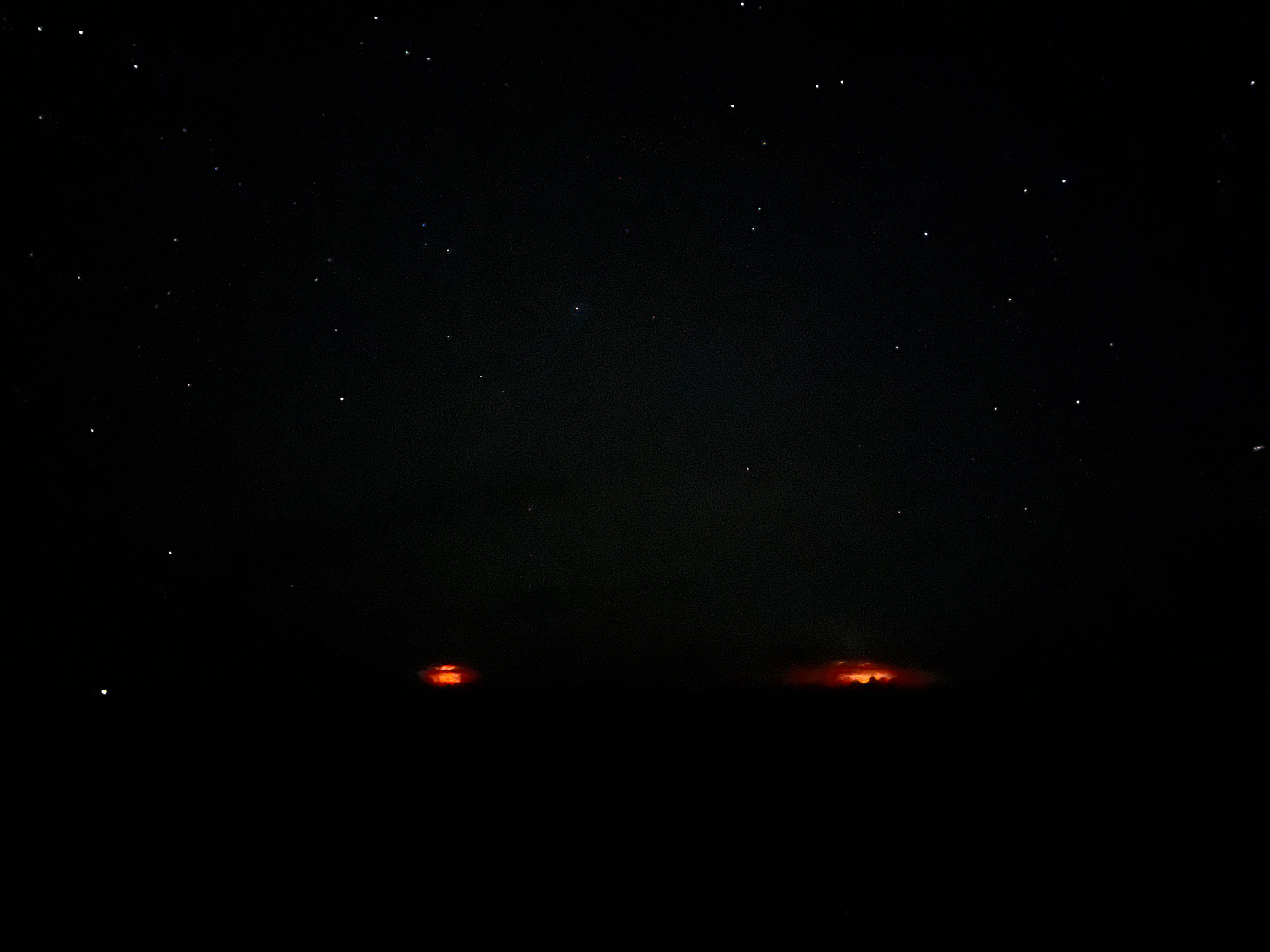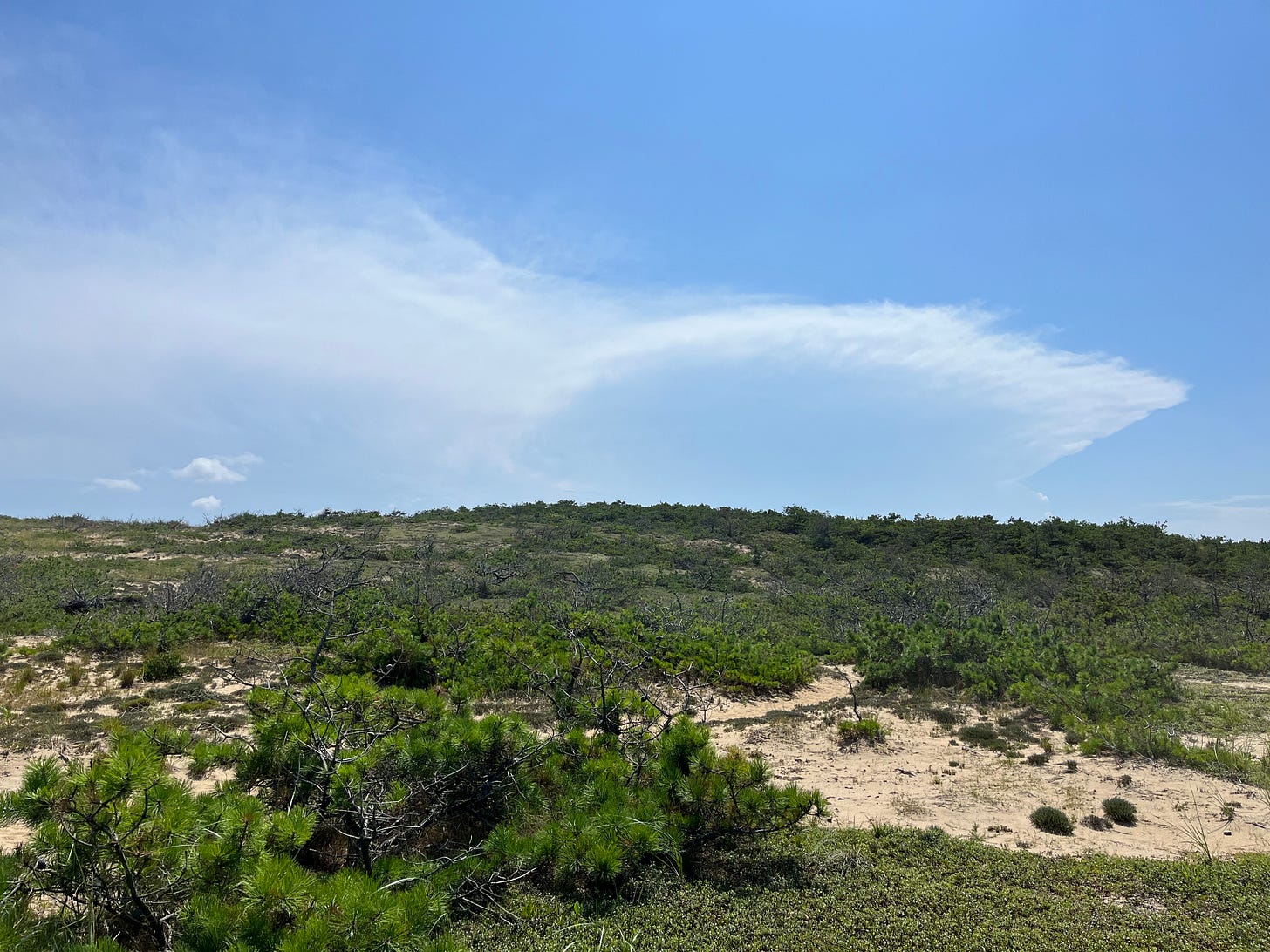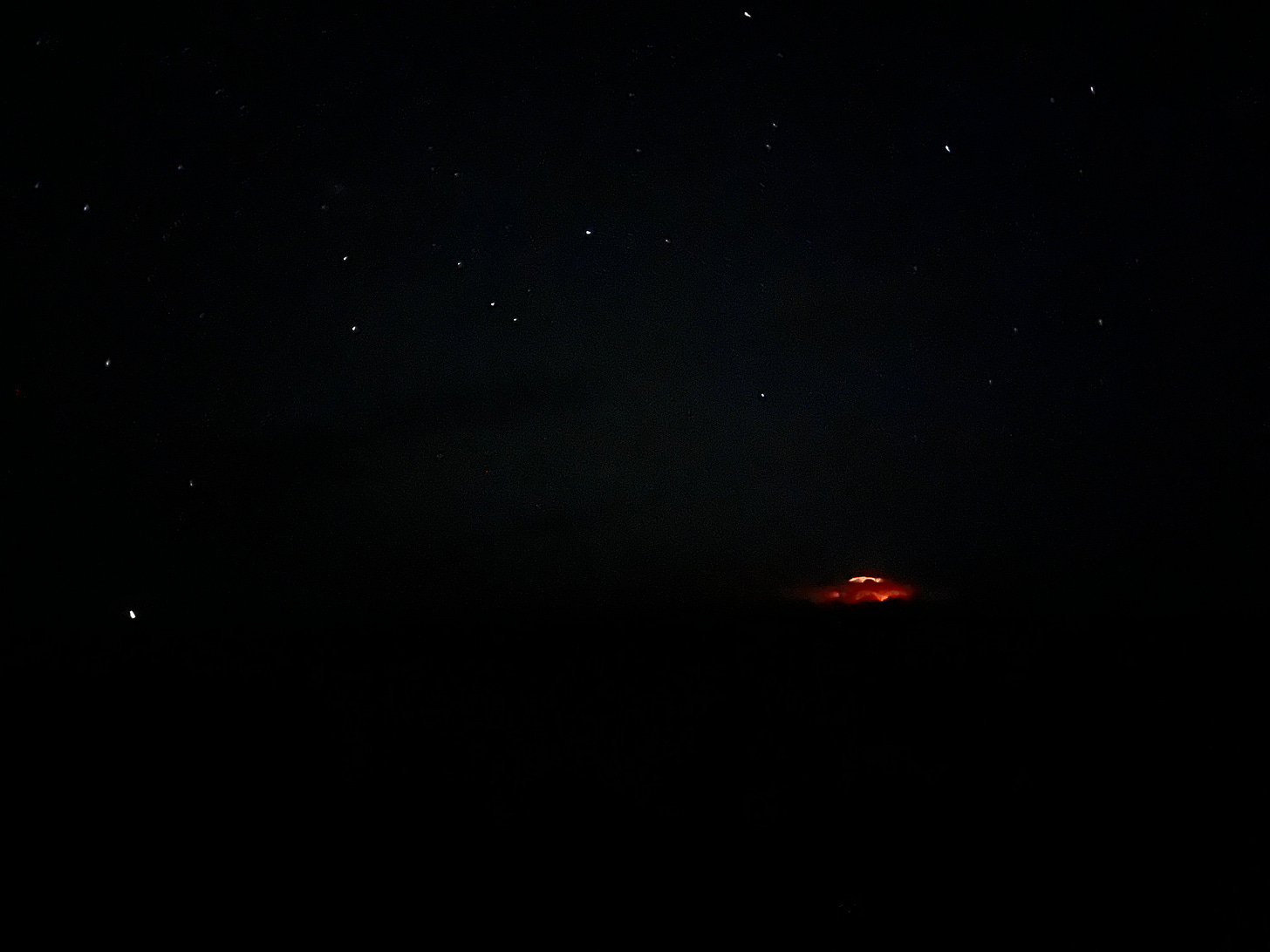
Last August, I spent a night with friends in Wellfleet on the Outer Cape and witnessed a day and night full of storms that defied what I thought was possible. The main event planned for the day was watching the Perseid meteor shower in the evening, but it happened to also be a day of thunderstorms jumping to life like popcorn in every direction. On convectively active summer days like this one, it seems like the atmosphere is constantly changing its mind. Do I want to be cloudy or clear? Hot or cold? Rainy or just humid? We all know the experience of waffling over outfits for a big day!
Thunderstorms have a cellular shape organized around a central updraft, which one could think of as the “nucleus” of the storm. The updraft is where warm air rises, rain and hail form, and latent energy of water vapor is released to power the storm. The air in the updraft is rising because it is aggressively buoyant, being less dense than surrounding air. But eventually the ascending air reaches a level where the surrounding air is just as dense and the updraft can’t continue upward anymore. Instead, it has to spread out laterally, forming an expansive cirrus cloud that gives the storm the shape of an anvil. The anvil cloud is high enough in the atmosphere that it is frozen into ice, like a glacier creeping away in all directions. These flat-topped clouds are the signature of a powerful storm and always a joy to see.
I spent the afternoon wandering Wellfleet and watching the storms bubble around me. The above timelapse shows a collection of the mid- and high-level clouds that had been ejected as exhaust from the storms of the day. New updrafts continue to churn along the bottom of the frame, hitting stable layers and forming anvils over and over as they travel out to sea.
Once the sun went down, we were watching the sky for Perseid meteors, but there was a strange flickering in the distance. It was like someone kept taking pictures with the camera flash on. For a moment, I thought it could be lightning, but the skies were clear and full of stars and the Boston weather radar showed no storms in the area. So maybe it was the nearby lighthouse? Then one flash lit up the whole eastern horizon. This had to be lightning! I ran out to the dunes and looked toward the ocean to see brilliant red flashes continually illuminating the horizon, as if volcanoes were roaring to life every few seconds.
With each flash, we got a brief illumination of the enormous anvil clouds that topped the distant towers. The storms were almost 200 miles away at this point. That’s much farther than one can see from sea level on a clear day. So how could we see them? Because they are so high up! Here is one of my favorite tools: a calculator that gives approximate distances one can see in clear skies from a chosen elevation. From atop the dunes, about 100 feet above sea level, the horizon is about 12 miles away, so that a ship farther than that would be “behind” the horizon and thus invisible to us. But from the lightning’s vantage point, which we’ll approximate as 30,000 feet, the horizon is 250 miles away! Easily within our range. The distance also explains the silence of the storms: the only sound was the wind and the waves, as the thunder couldn’t travel far enough to reach us.
What I can’t capture in photos or videos is the sheer majesty of standing on the dunes above the crashing ocean waves and seeing the night sky painted at the same time with the Milky Way, Perseid meteors, and deep red flashes of lightning. It felt like I was on another planet (or at least in a grade-A planetarium show!).
This animation shows the lightning flashes detected throughout the afternoon and evening by the Blitzortung network of observers, with the location of Wellfleet marked by a star. The lightning strikes trace the storms that surrounded Cape Cod during the day and then tracked east over the Atlantic Ocean in the evening. The black box that appears halfway through the animation tracks the storms that created the red lightning as they lumbered farther and farther from us and near the Canadian Maritimes.
One last question: why was the lightning red? The same reason that the sunset is red! When light travels through the atmosphere, some of it is scattered away by the air molecules in its path. Blue light (i.e. short wavelengths) experiences more scattering than red light (i.e. long wavelengths). The lightning produced white light (made up of all colors of the rainbow) at the location of the distant storms, but the bluer components of the light faded as they traveled the hundreds of miles to our eyes, leaving only the vivid red glow.
I doubt I’ll ever see this combination of sky phenomena together again in this way, so I’ll treasure the memory of these faux-volcanoes below the stars and meteors as I keep my eye out for new surprises.




Love the beauty and playfulness of the descriptions: Waffling over outfits for a big day; the shape of an anvil; a glacier creeping away in all directions; like someone kept taking pictures with the flash on; as if volcanoes were roaring to life every few seconds; as they lumbered farther and farther; seeing the night sky painted at the same time with the Milky Way, Perseid meteors, and deep red flashes of lightning; volcanoes below the stars and meteors . . . Wow! They help me feel as though I’m really there, out on the dunes in the dark of the night, feeling the wind gently wafting across my skin, hearing the waves crashing on the beach, and watching all these magical phenomena that I wouldn’t understand if you weren’t explaining them to me. Thank you!
Beautiful work Alex!!